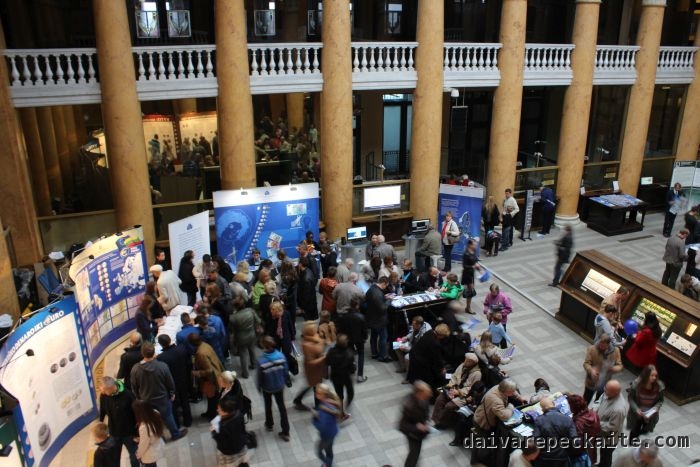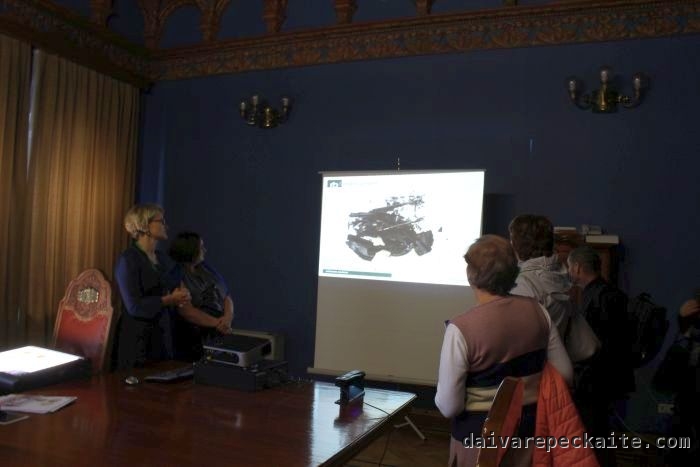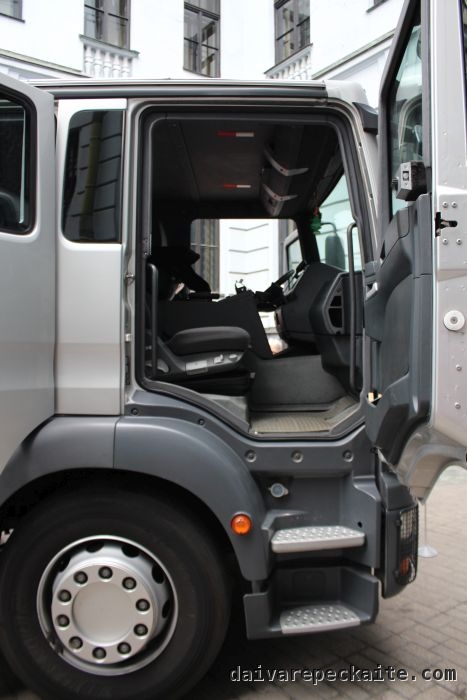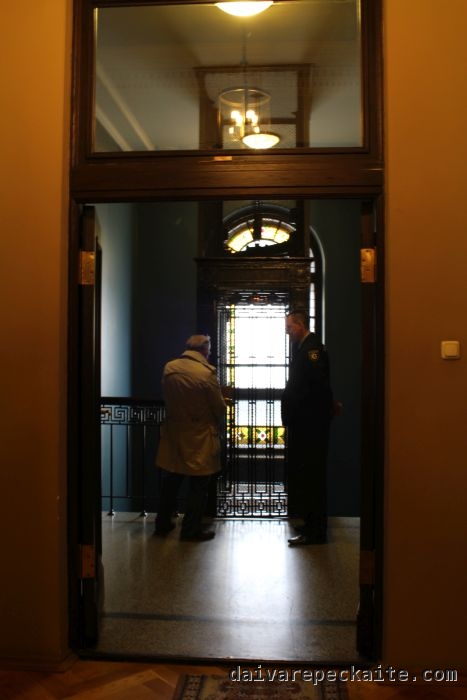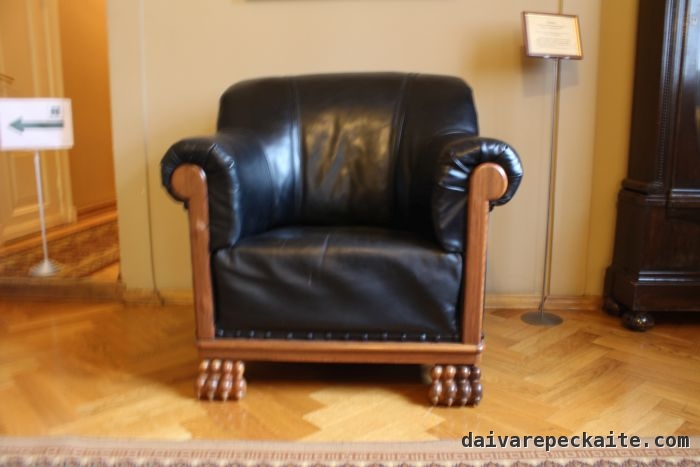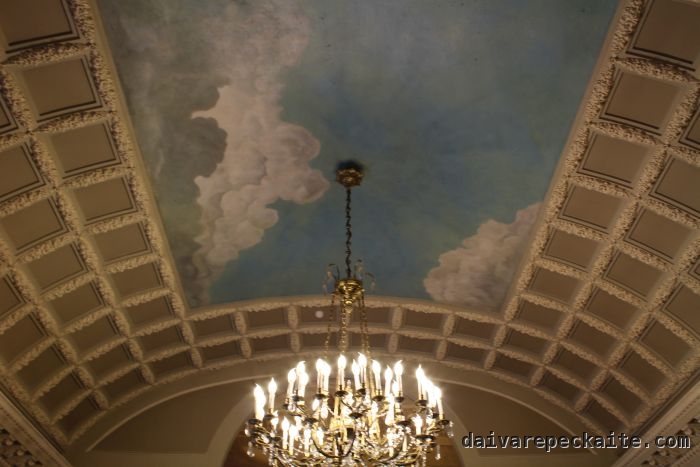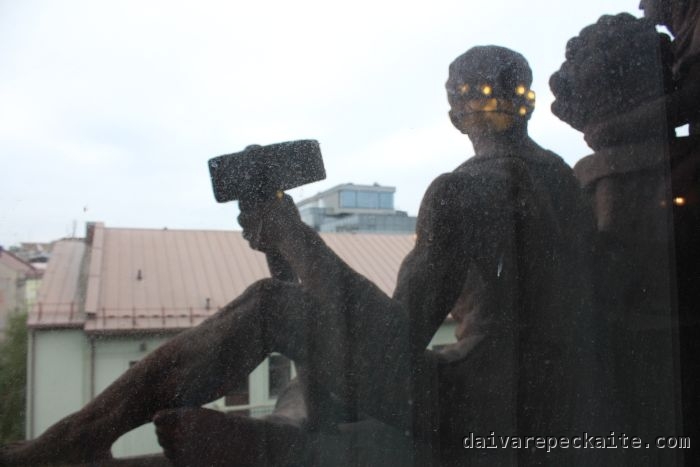The Bank of Lithuania has recently celebrated the 93rd anniversary since its establishment. It is the first year that the central bank is not implementing Lithuania′s monetary policy, so people are curious about how its functions have changed since joining the eurozone. Today′s open day had people of all age groups lining up to see the original building of the central bank in Kaunas and to learn more about its history.
The Bank of Lithuania was originally established in Kaunas, as it was the capital of Lithuania at the time. Until then, Lithuania depended on the German Darlehenkasse Ost (Eastern Loan Fund) for its currency. The government and the central bank of newly independent Lithuania worked hard to earn trust from international finance markets for its new currency, litas. The circulation of litas was halted in 1941 during the first Soviet occupation. Obviously, after independence was reestablished, the central bank moved to Vilnius. But it still owns the impressive building in Kaunas.
The central bank′s chairman of the board, Vitas Vasiliauskas, went to the open day himself to greet visitors. In addition to a storage room, where people′s savings used to be hidden behind a door produced by the British company Milners, weighing 3 tonnes, visitors could walk around the corridors, see machines that count and destroy money, learn about the process of restoring damaged banknotes, and hear about the central bank′s functions today.
Central bank staff Ramunė explains visitors about the process of identifying and restoring damaged money
Storing money in cellars or even kilns is quite common among senior citizens in Lithuania, since this generation′s experience of turbulent times makes them less trusting of banks. Sometimes their savings rot, burn or are damaged in other ways. The central bank has labs to identify whether the money is not counterfeited, to count them and compensate their owners.
Along with many other visitors, I also used the chance to climb into this high-security vehicle, which is used for transporting euros. According to the staff, there have never been attempts to break into these vehicles.
The building is listed as protected cultural heritage. It represents a unique style of the interwar era, when things were still produced to last.
This authentic Otis elevator was built in the 1920s. It still works.
Some of the furniture were made in the 1920s and still look like new. This armchair has lion feet.
A luxurious residence was built on the third floor for the prime minister of that time, Augustinas Valdemaras. Clearly, he felt that sky is the limit for him.
Now the rooms are equipped with computers, and administrators of the bank′s branch are using these fancy offices.
Obviously, the imposing building is half-empty now, and there have been plans to move Kaunas municipality to these premises.
Unfortunately, such open days are rare. They are mostly interesting as an opportunity to see this impressive building from the inside. As for exhibitions about the history of the Bank of Lithuania, Lithuanian currency from bronze age to this day, and the complex history of the interwar period, visitors can learn all about it at the Money Museum in Vilnius – it is very interactive and free of charge.


